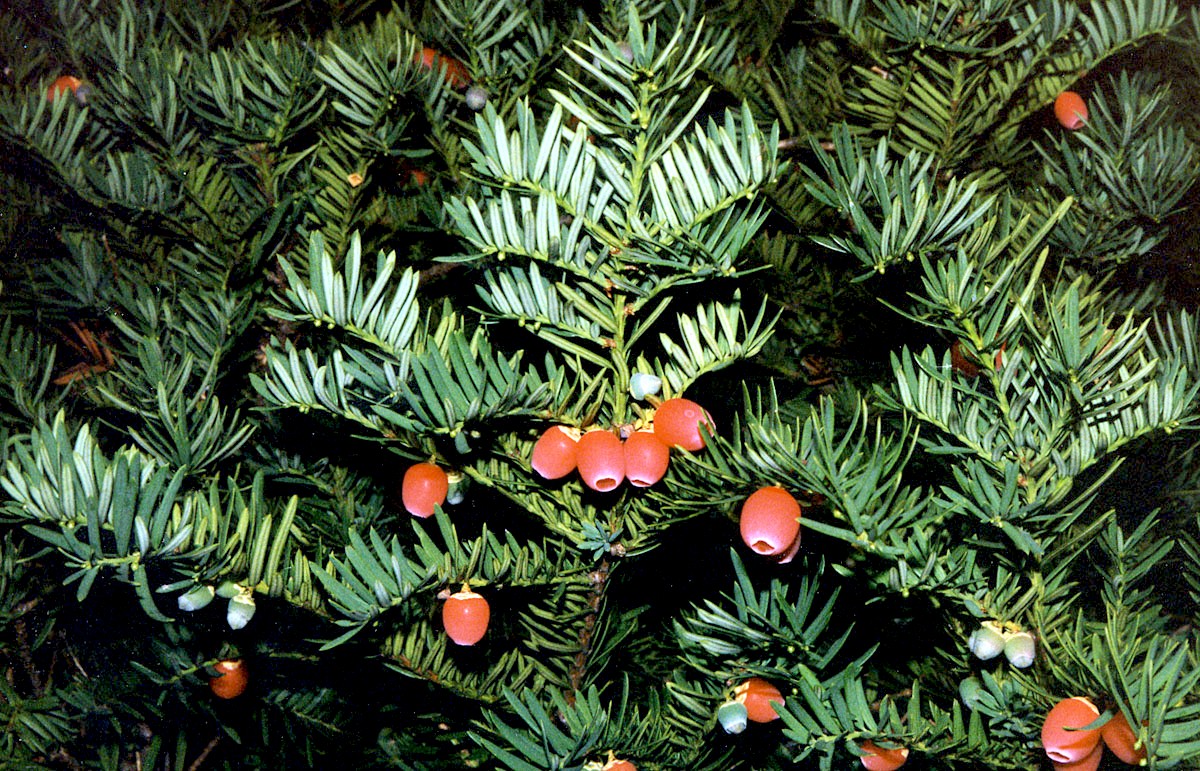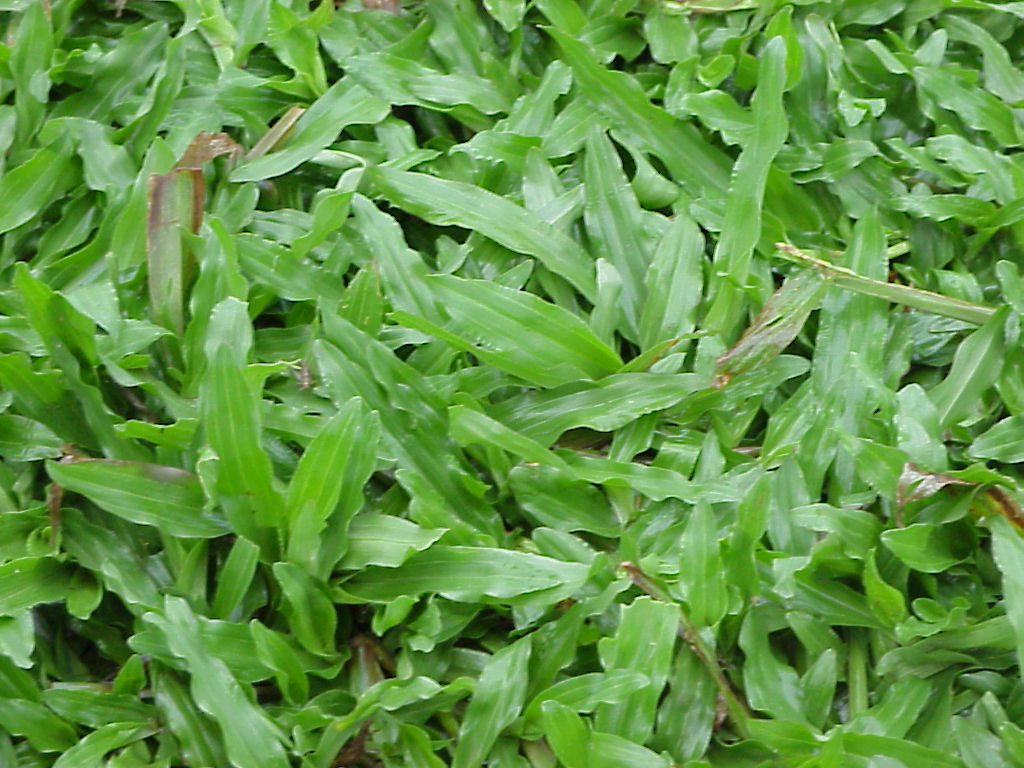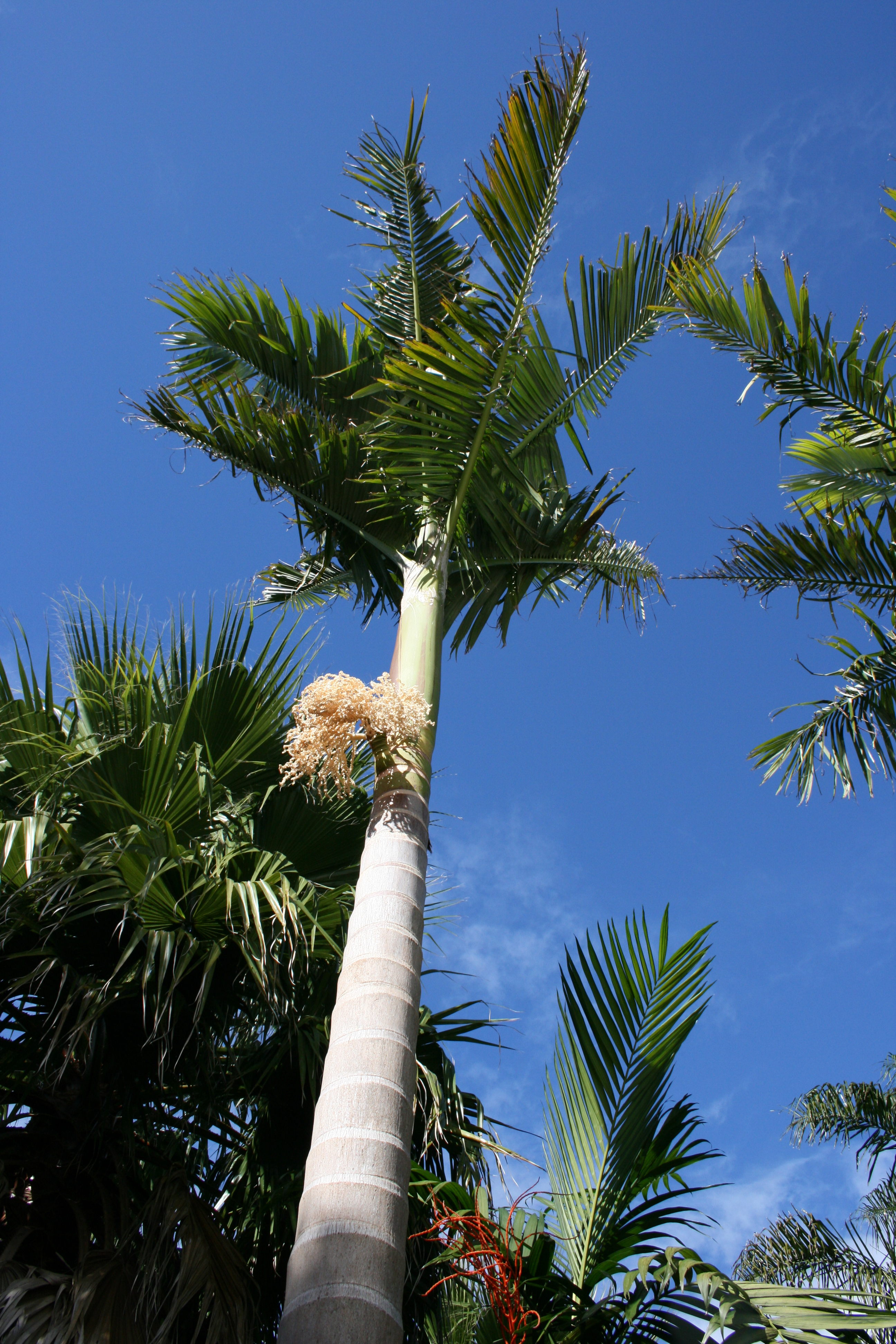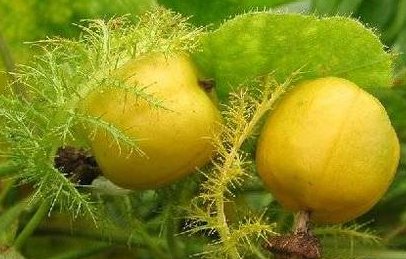The Silk Gourd is a hardy, high-yielding gourd mainly grown in Asia as a
vegetable.
Also known as the ridged Luffa, the flesh is comparatively sweeter than
the smooth luffa, or Luffa aegyptiaca.
Its fruit slightly resembles a cucumber or zucchini with ridges.
It ranges from central and eastern Asia to southeastern Asia.
It is also grown as a houseplant in places with colder climates.
Young Silk Gourd, ready to be harvested.
The fruit must be harvested when it's still young, as it
develops too much fibers for consumption after this stage.
The gourd is mainly grown and eaten in China and Vietnam.
Sowing:
Store seeds until planting time in their packaging in a cool, dark, dry place.
(Do not refrigerate) Sow indoors at temperatures above 20°C (68°F).
Sow outdoors if you live in a subtropical climate when outdoor temperatures
have reached at least 20 degrees, and is best planted in spring.
for tropical countries, Silk gourd can be grown year-round.
The plants need a long growing season to get a good crop of sponges.
Soak seed for two hours in warm water before sowing. Fill small pots
with a good free draining seed compost. Stand the pots in water until
the medium is completely moist. Place seed on the surface and
press into the compost. Cover with a sprinkling of compost or vermiculite.
Bottom heat is helpful, place in a propagator if you have one or
seal the container inside a polythene bag and place in a warm l
ocation out of direct sunlight. Do not exclude light at any stage
as this is beneficial to germination.
Germination usually takes 7 to 21 days at 20 to 30°F (68 to 86°F).
Cultivation:
Plant out in spring(subtropics) or in early summer(USA and Europe,
after all risk of frost has gone.
The plant can often survive in partial shade with some direct
sunlight but grow better in full sun. In a very hot dry climate
they will need some watering as they tend to wilt if it gets too dry.
The vines are easy to grow with no insect problems but will
benefit from the application of a fertiliser with high nitrogen
content once a month after the flowers appear.
The Luffa plant is a fast-growing, long-season,
warm-climate vine plant that can climb up to 4½ metres (15ft) high.
Support the vine on a strong trellis or fence.
A strong supporting trellis or fence is a must.
Silk gourds are natural climbers, and do well with trellis.
Pollination:
Luffa plants need insects to carry out the pollinating process for setting fruits, although most modern day Luffa varieties do not need pollination at all. If the insects or bees are not available in your area, the pollination process can be done manually, by picking up male flowers and transferring pollens to female flowers (by face-to-face touching the center part of flowers). This process should be carried out when flowering is active during the daytime.
The plant is monoecious, that is, it has both male and female blossoms on the same vine. The male blooms drop, while the females remain attached to the developing fruit.
Once pollinated, the fat portion of the female flower will grow into full size fruit. The vegetables fairly rush toward maturity, growing at the rate of about 4cm (1½in) a day.
Many varieties could perform relatively poor during the long day season in early summer and perform much better during the late summer and autumn when the shorter daytime season arrives.
Harvest:
The fruit is edible only when immature. Harvest tender young fruits, 15 to 40cm (6 to 15in) long is ideal for eating, approx 100 days after sowing the seeds and harvest for sponges approx 30 days later. When picked fresh, the green loofah is slightly softer than a cucumber and slightly crispier than an aubergine (eggplant / zucchini).
Culinary Uses:
The Luffa is a very easy to use edible squash. Very young fruit can be sliced and added raw to salads where it gives a mild cucumber-like flavour. When the gourds are gherkin-sized they can be added to stir fry and in soups and sauces because it has the ability to soak up the flavours and add texture. It is also batter dipped and fried. But the real gastronomic utility of this vegetable lies in its ability to substitute for squash or zucchini, or for eggplant in parmigiana. And one especially hearty recipe adapted from a traditional dish using green peppers is for stuffed luffa.
Silk Gourd also makes an excellent vegetable for making soups.















































